15 Interesting Facts You Never Knew About Anacondas
Are you a fan of these gigantic tropical snakes? Check out these sssssssss-ensational anaconda facts!
What does the world's largest snake eat? Are they dangerous to humans? How big are they really? Find out the answers to these interesting questions and more with this epic list of the 15 best anaconda facts!
Or if you'd rather some other animal facts, take a look at these slightly cuddlier giraffe facts, these whale facts, or even these hippo facts! Animal facts all round!
1. They're the heaviest snakes in the world!
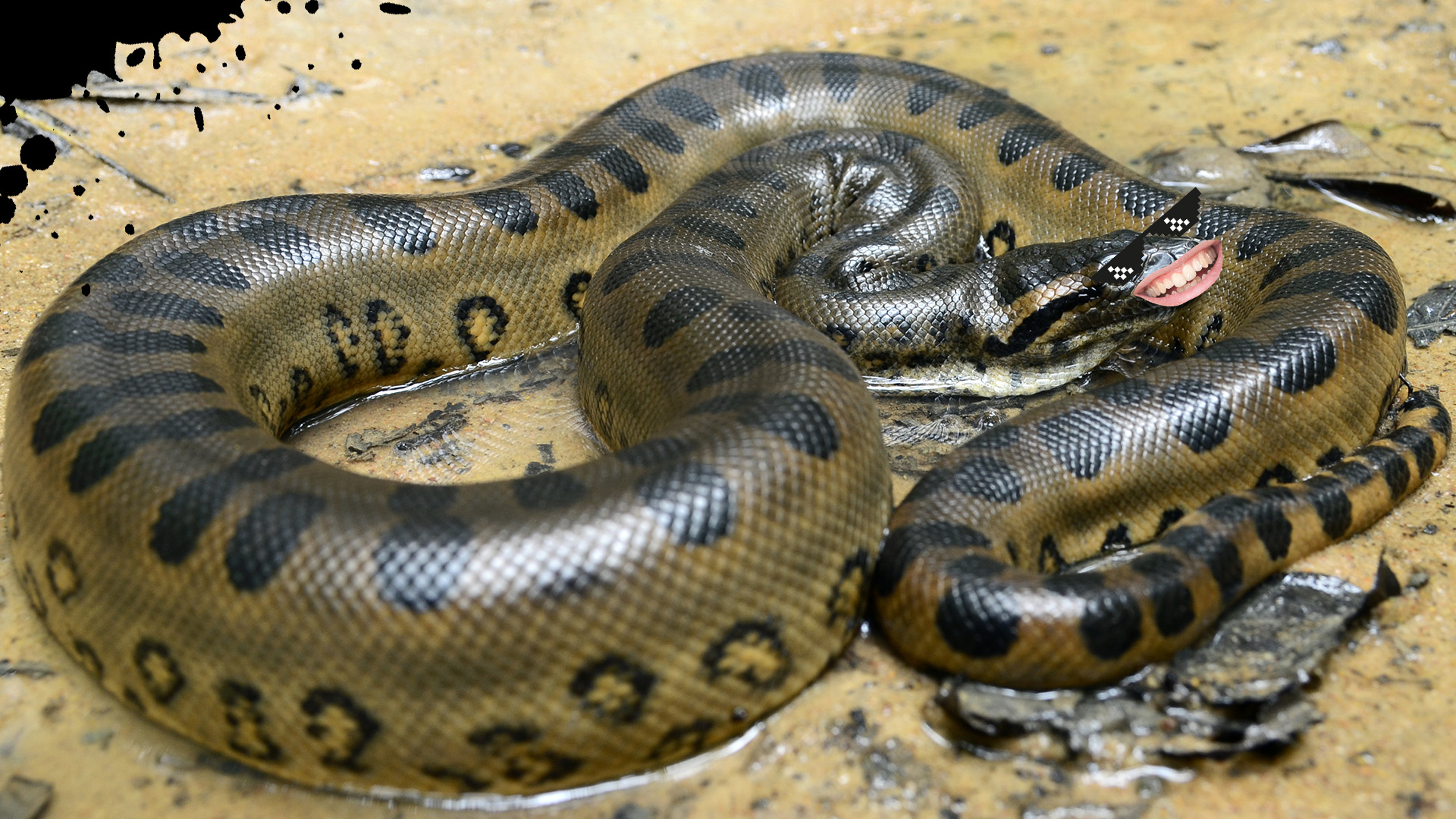
The heaviest anaconda ever recorded was 227 kilograms. This massive snake was 8.43 metres long, with a girth of 1.11 metres. What a chungus! They're often smaller than this - but who knows, maybe there's even been a bigger one that's never been spotted?
2. But they're not the longest
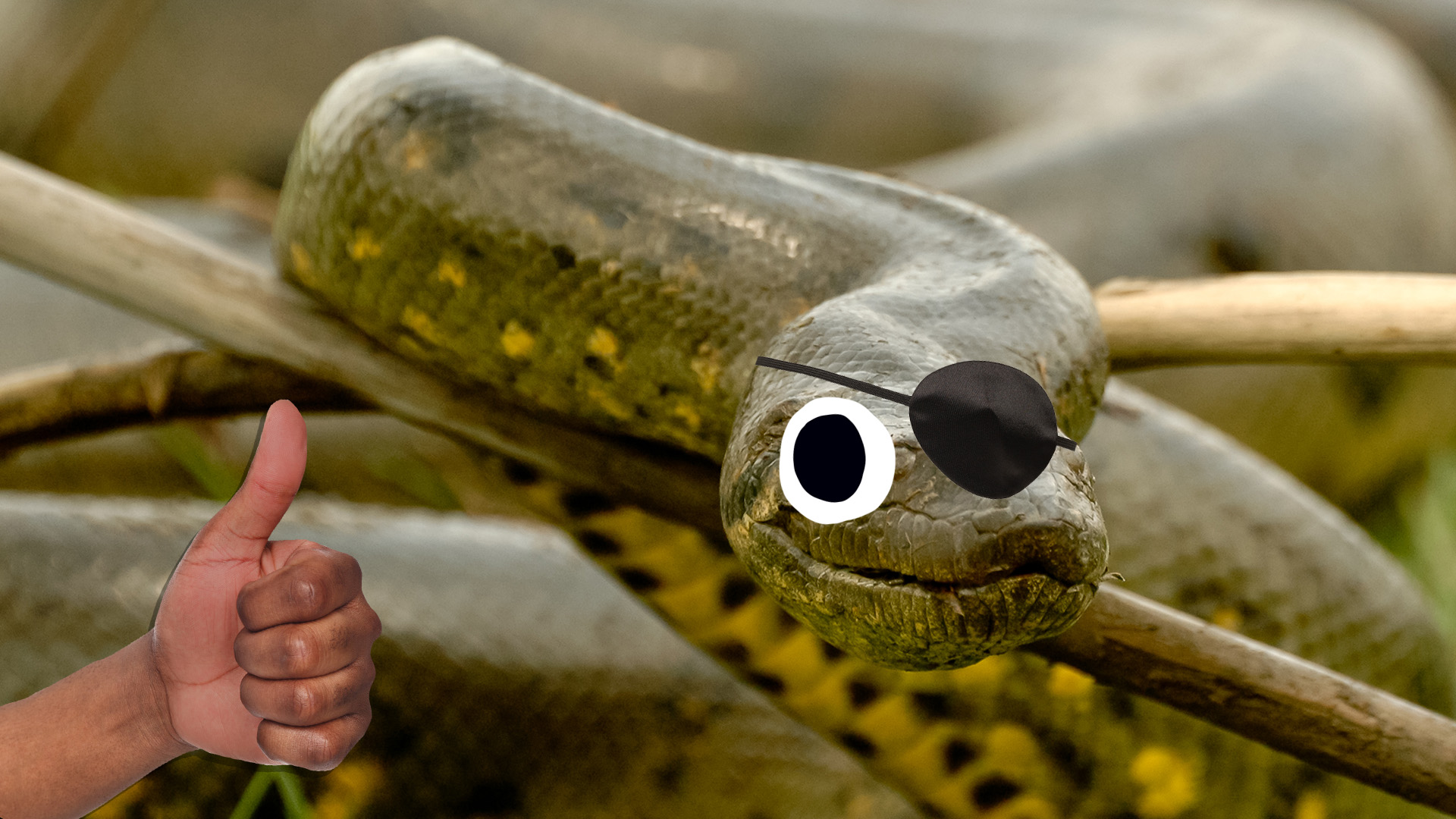
The title of world's longest snake belongs to the reticulated python, which can grow up to 25 foot long! They're a lot skinnier though, because the biggest anacondas are both heavier and shorter. Just look at this beast!
3. There are a lot of different names
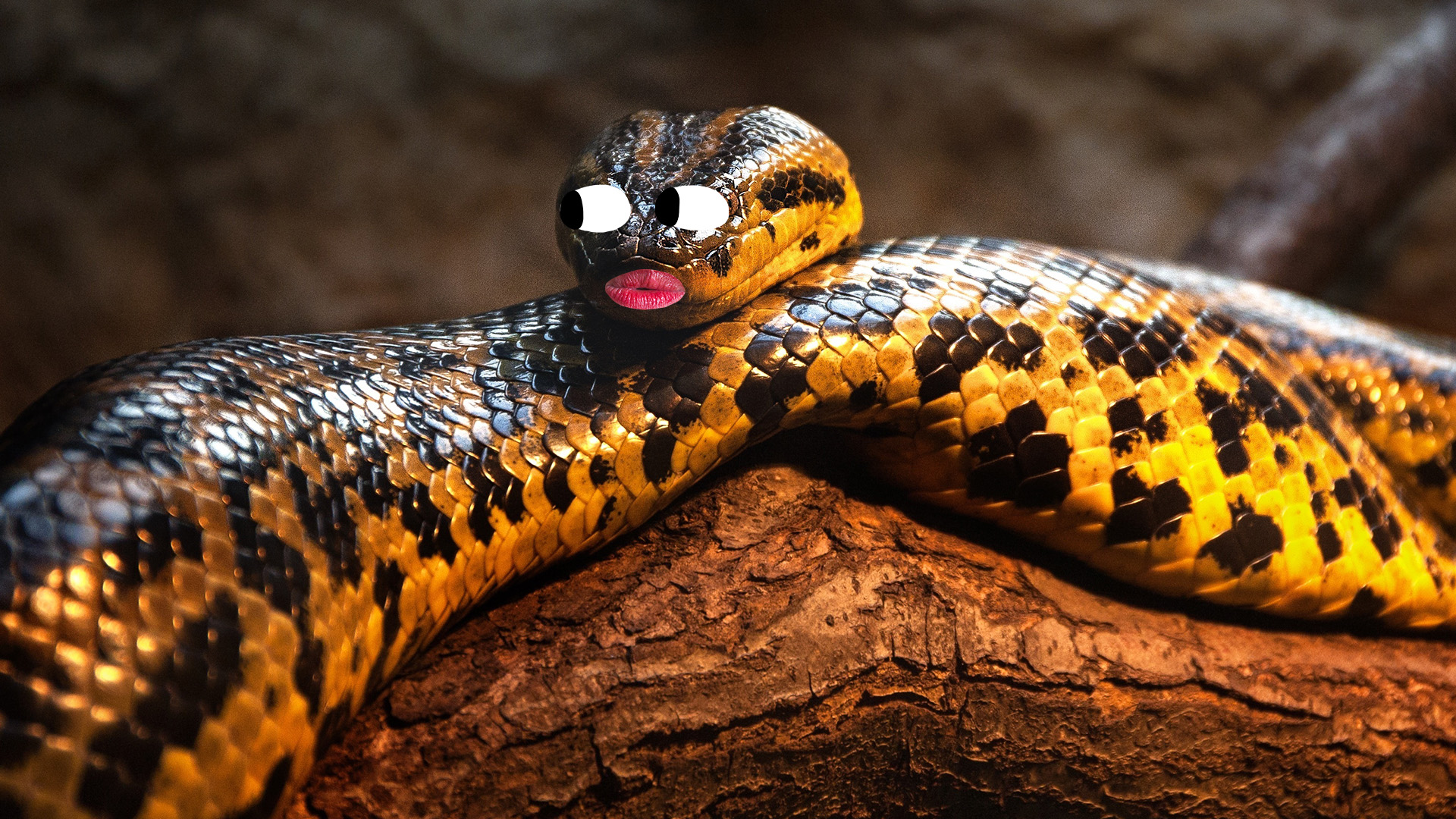
The green anaconda (Eunectes murinus if you speak Latin or are a scientist) is also known as the giant emerald anaconda, common anaconda, common water boa or sucuri. They're all the same snake, though!
4. They live in South America
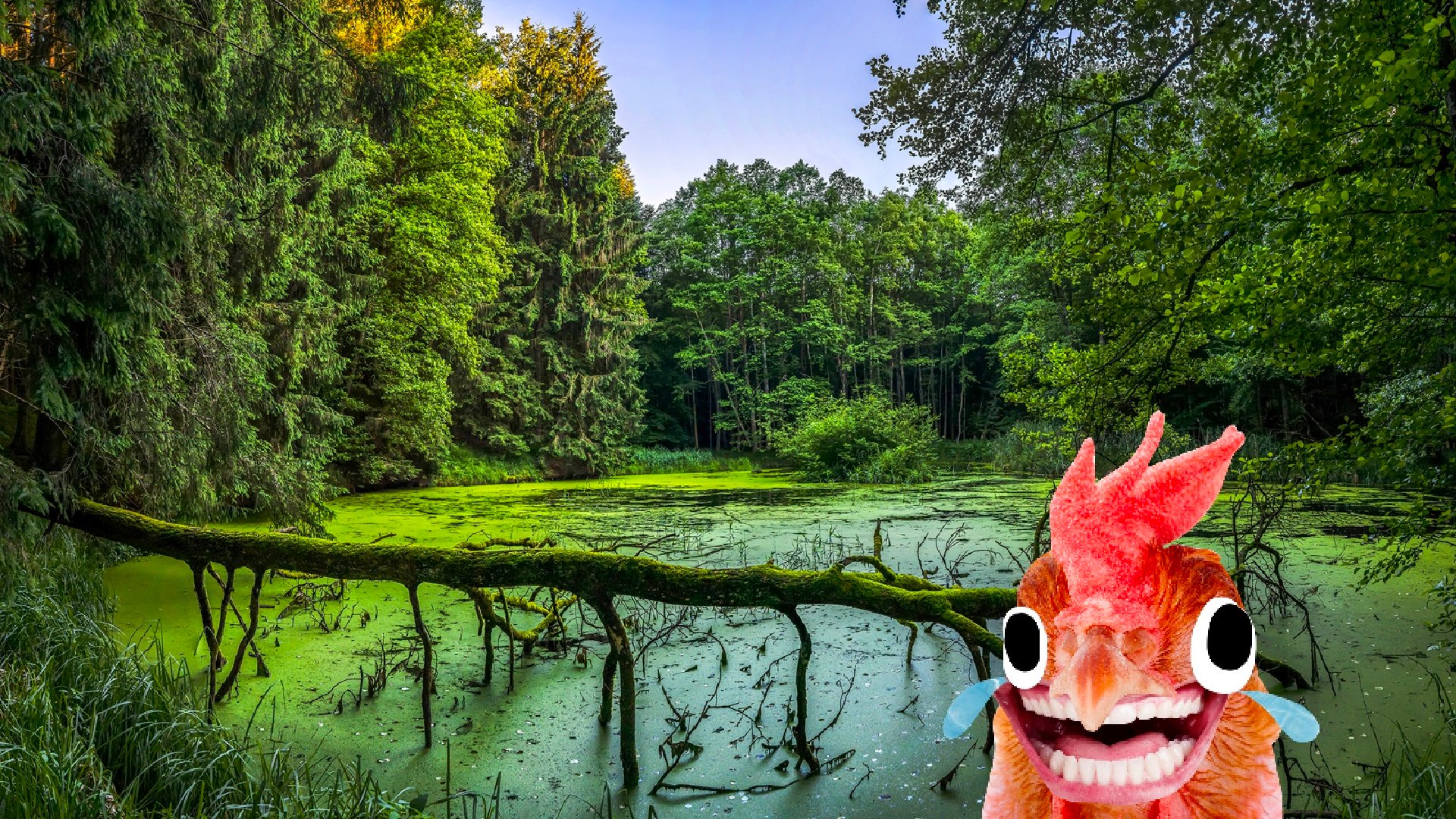
This snake loves wet, swampy conditions. They thrive in boggy, tropical areas with lots of water to hide in and lots of animals to feed on. As we'll see later though, these animals are so successful they've managed to thrive in other parts of the world too!
5. They're not poisonous
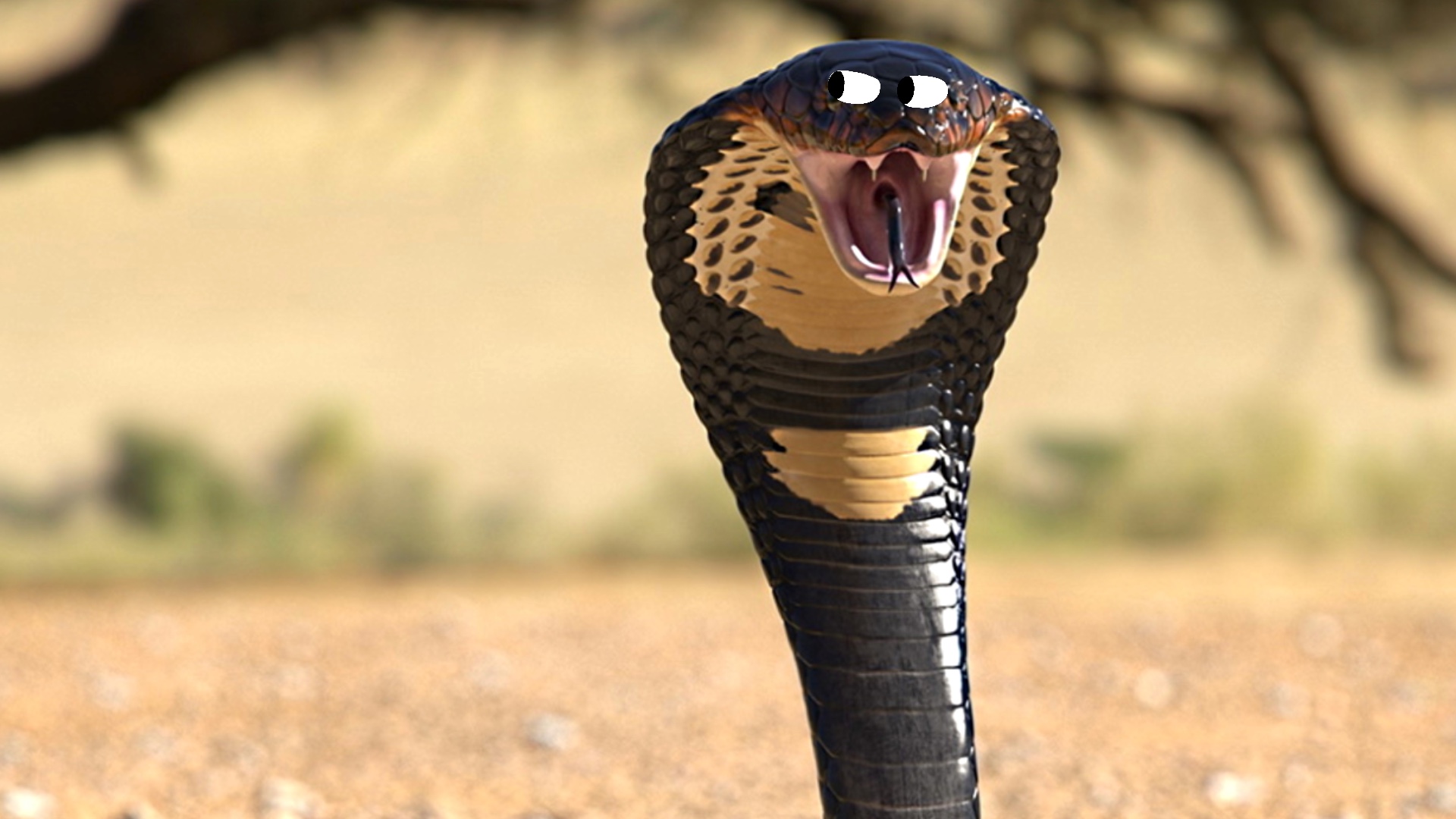
That's right, anacondas don't have any venom at all. Unlike much smaller snakes like the cobra or black mamba (which can deliver enough venom in a bite to kill many humans), anacondas have a different tactic for catching it's prey. Let's find out more!
6. They love surprises

Not that kind of surprise! Like many snakes, Anacondas are ambush predators. This means they find their next meal by sneaking up on it. They can move almost silently, and their skin is excellently camouflaged in the forests of South America. Why, there could be one sneaking up on you now - and you'd never even notice!
7. They're constrictors
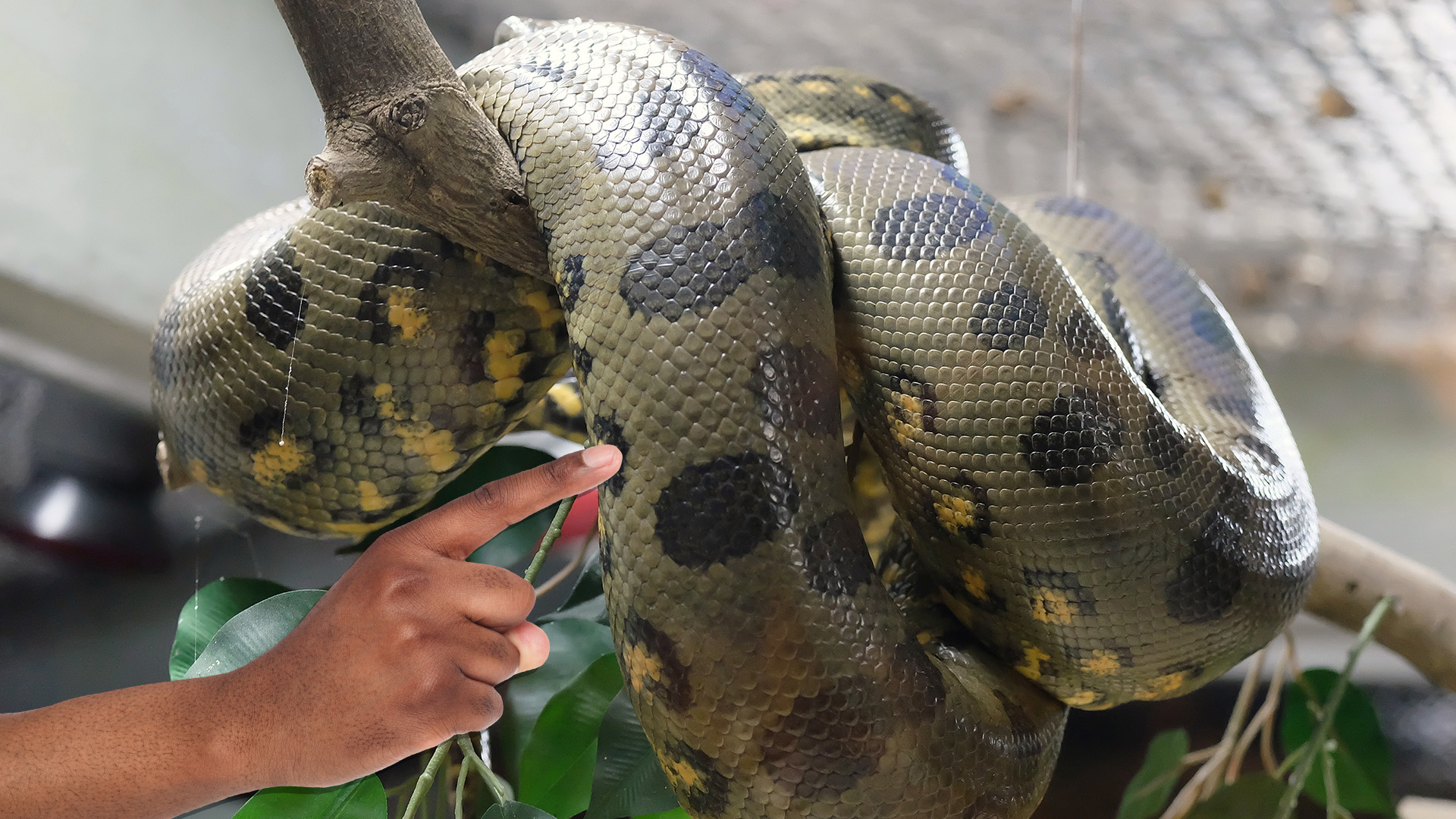
Once anacondas have snuck up on their prey they catch them by wrapping themselves around them, and squeezing really hard until they're dead. With their powerful muscles this doesn't take too long. They then swallow them whole! Gulp.
8. Open wide!
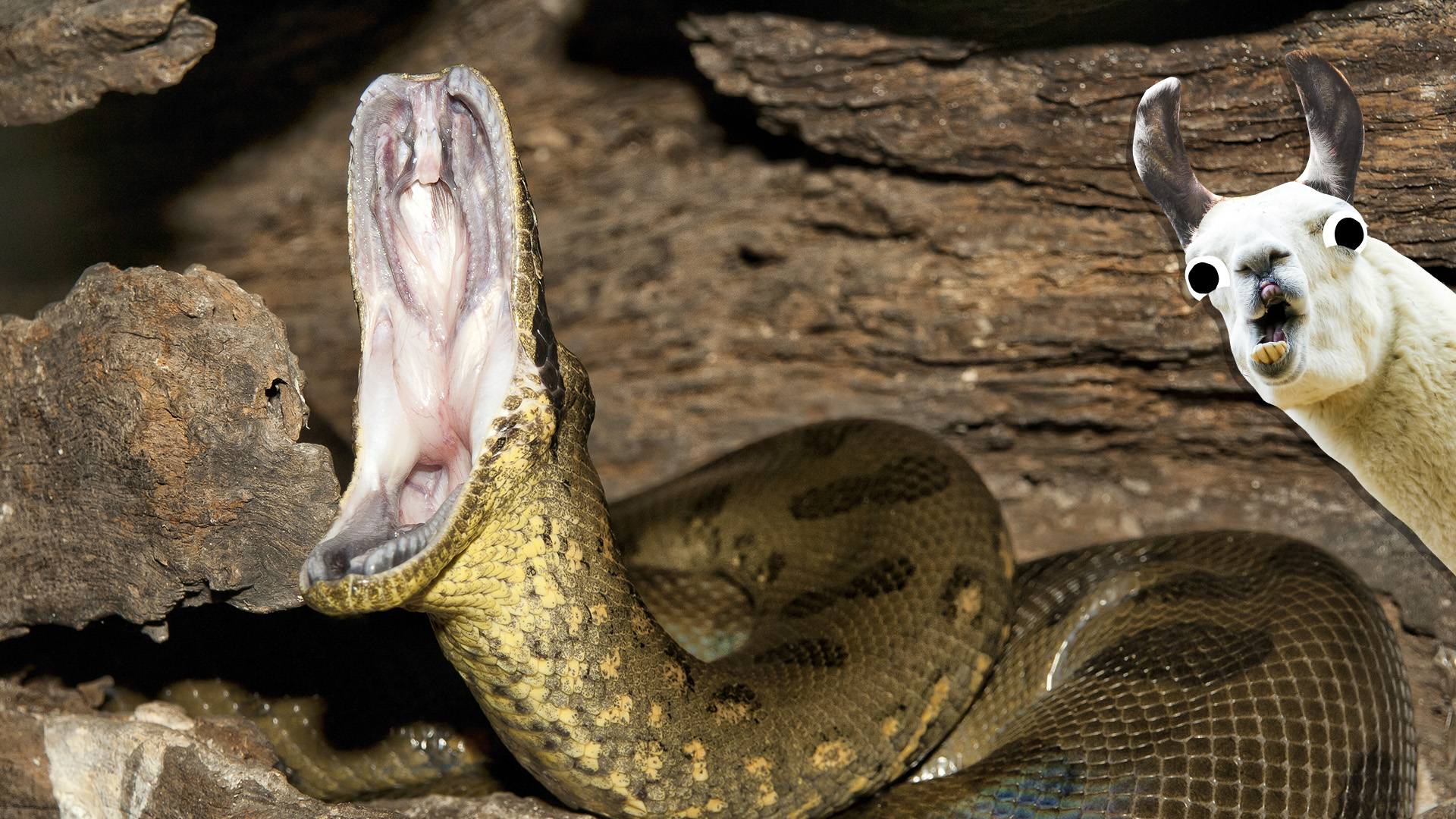
Once an anaconda has suffocated its victim, it’s time to open wide. Really wide! Stretchy ligaments let the anaconda open its mouth wide enough to swallow prey whole. And this isn't like your cousin who can eat a whole pot of yoghurt in one mouthful – we're talking large fish, rodents, caiman (kind of like crocodiles), wild pigs, small deer and even jaguars. Bluuurgh!
9. They could eat a human
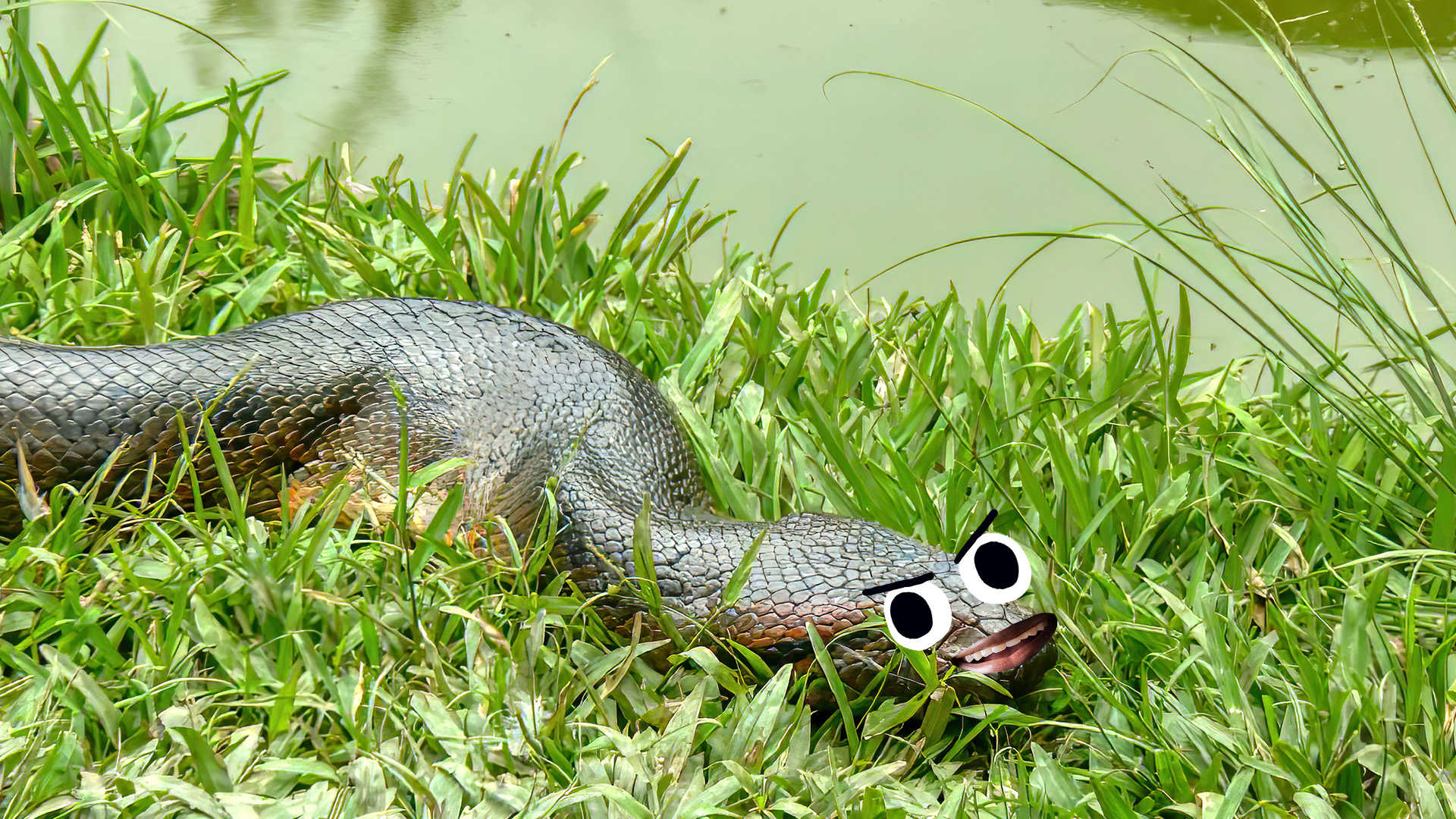
Anacondas are big enough to eat people, and there are stories of it happening. But this is extremely rare - there are lots of easier meals out there and humans probably aren't worth the hassle. Nope, anacondas would much rather stick with a tasty deer or pig.
10. Girl anacondas are way bigger than boys

In fact, green anacondas have the biggest size gap between male and female of any vertebrate (that's an animal with a spine). Male anacondas can only grow to a measly 10 foot (!) whilst females can reach up to 25!
11. They give birth!
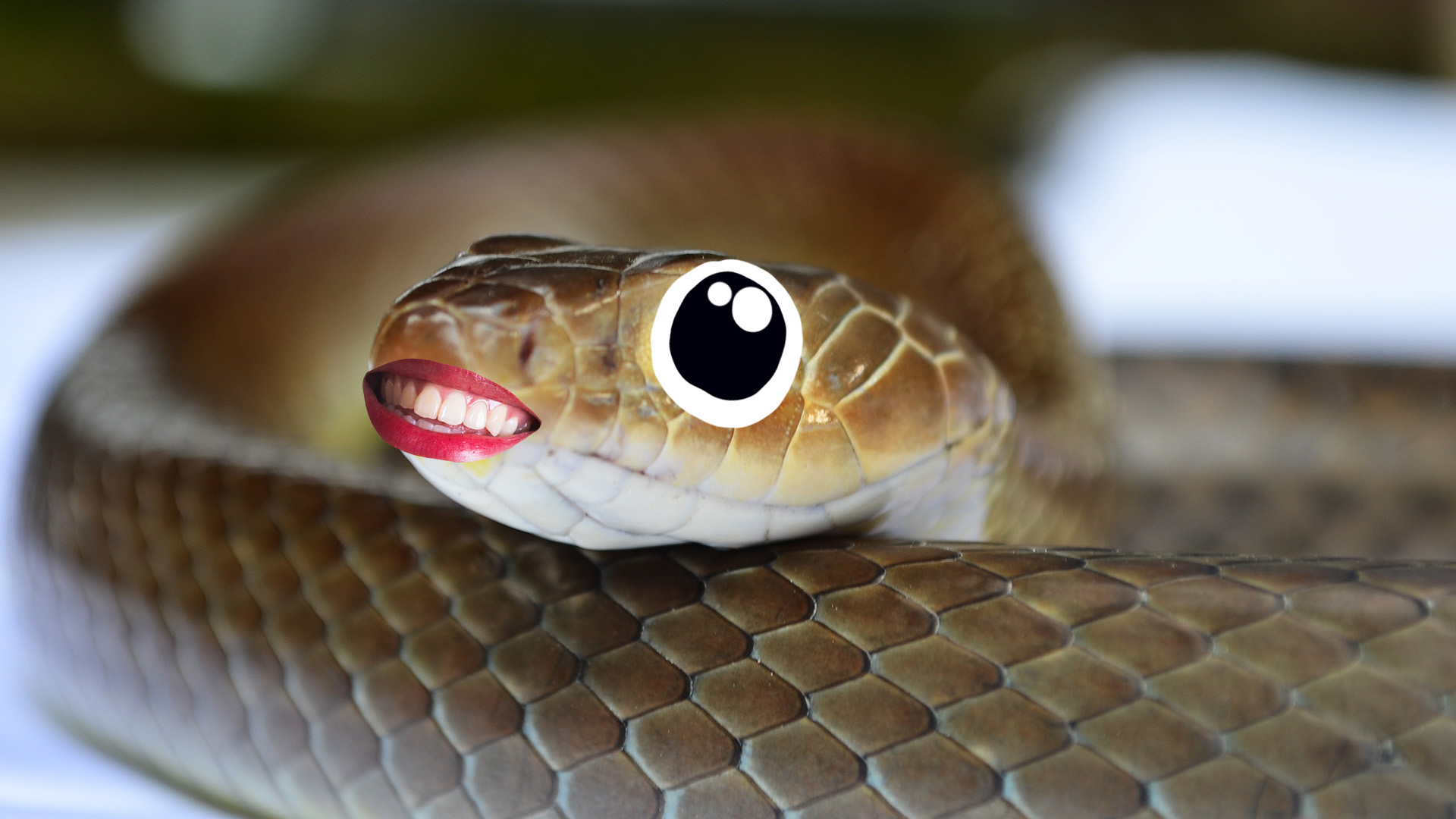
Several types of snakes, including anacondas and garter snakes, are ovoviviparous. This is a long word that basically means their eggs hatch inside their mothers’ bodies, then are born live. A healthy female anaconda can bear more than 30 babies per litter. Cute!
12. Anacondas can hold their breathe for 10 minutes at a time
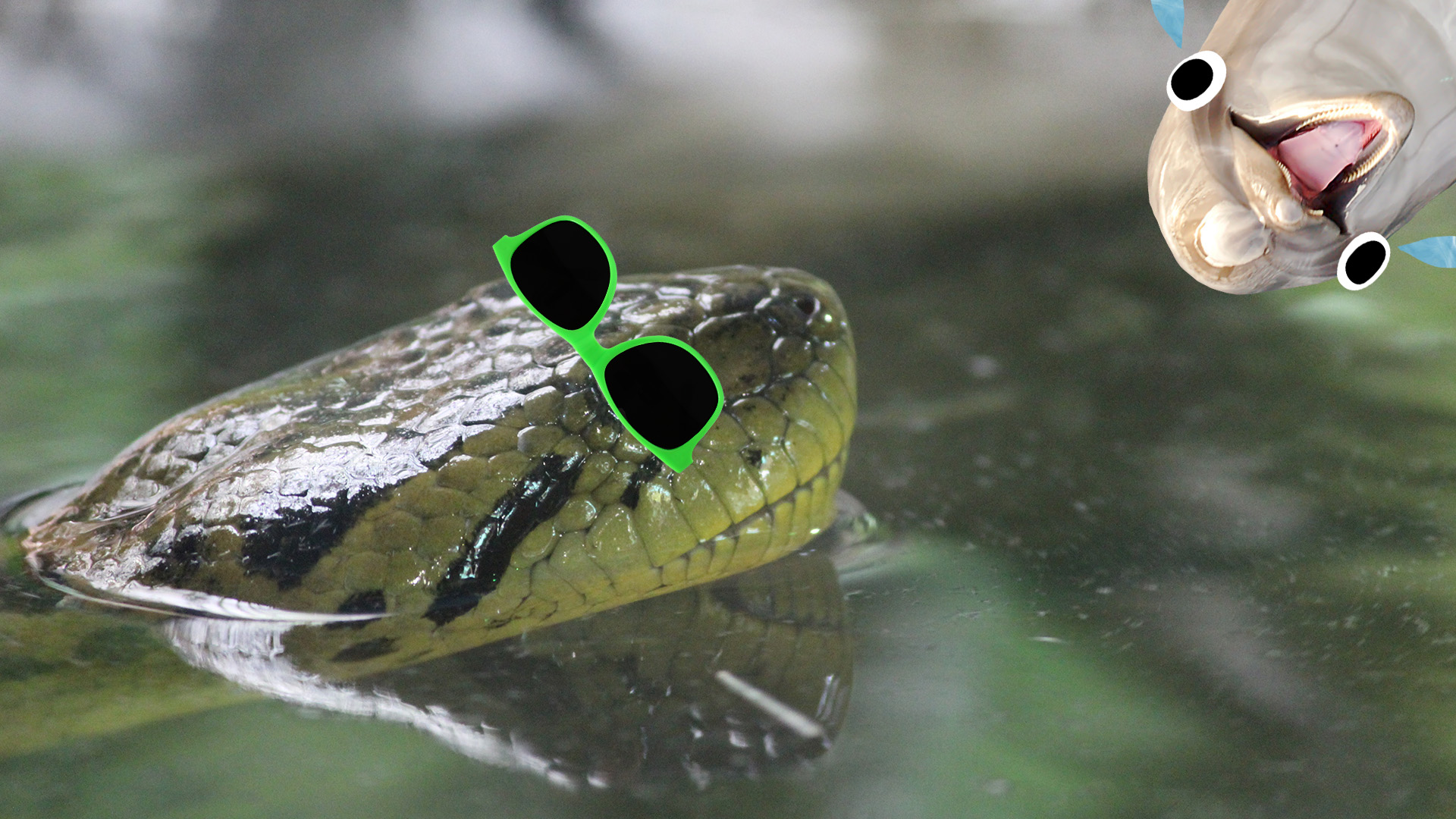
As well as being able to hold their breath for ages, anacondas have eyes and nostrils on the tops of their heads so that they can keep a look out above a river’s surface while the rest of the snake is still underwater. Like a submarine's periscope! Except creepier.
13. They’re some of the best swimmers around
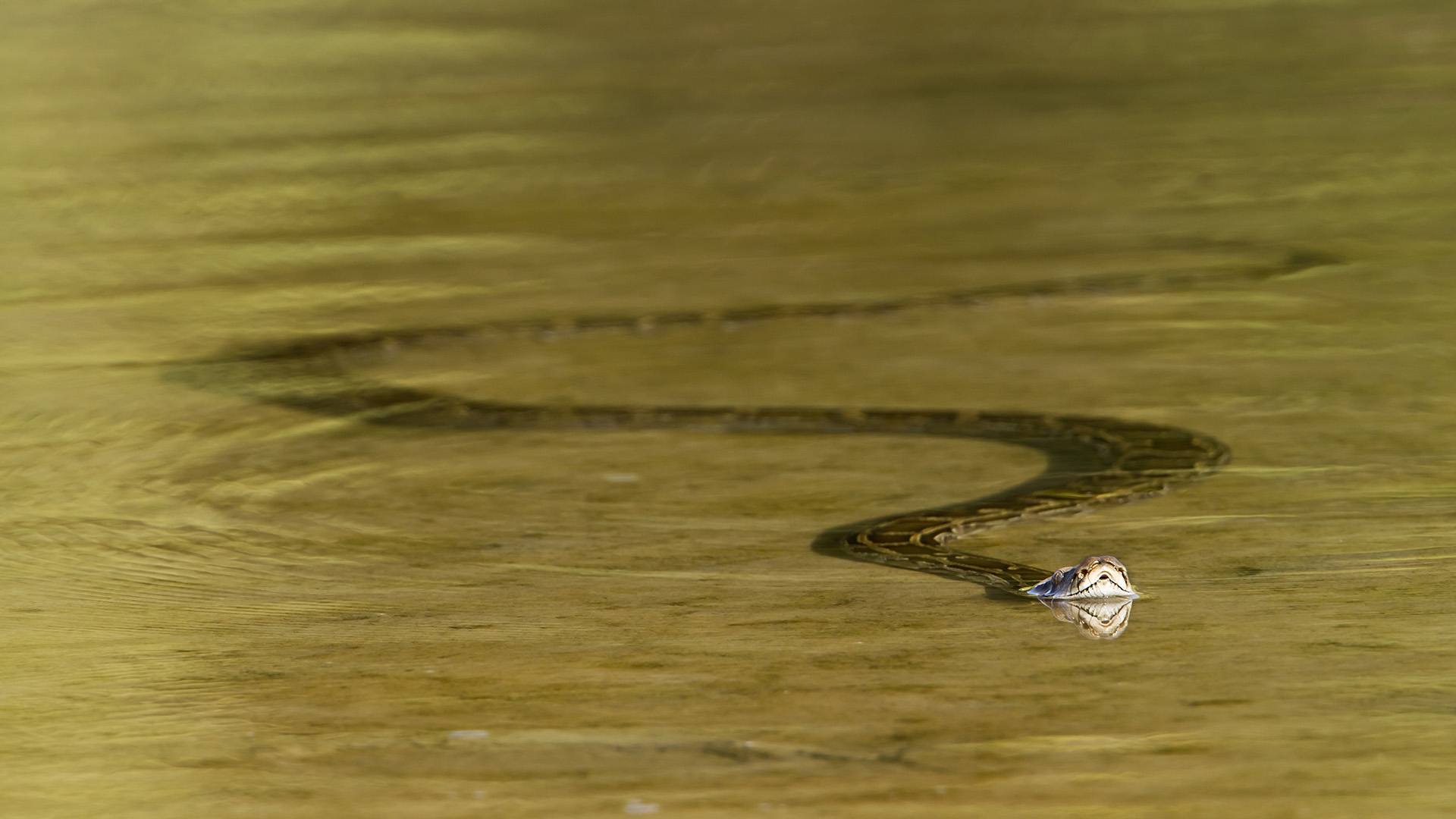
On land, anacondas are slow and heavy (well, they are massive). In the water though it's a different story. They can easily glide through rivers and reach top speeds up to 16 km/h! This, their camouflage and their strength makes them one of the deadliest predators in the rivers of South America!
14. They're not endangered!
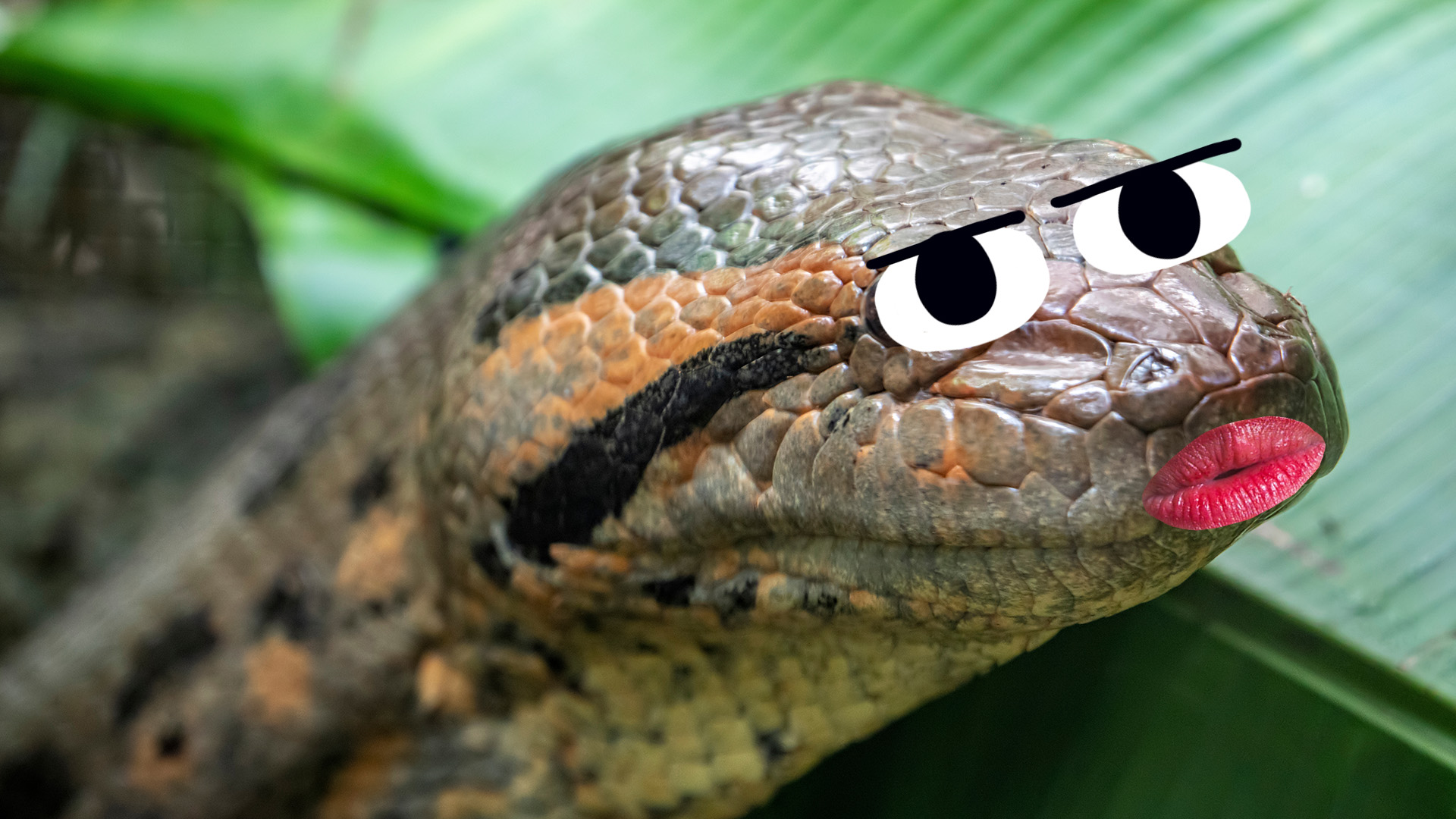
The good news is these amazing animals are still doing ok, despite all the terrible things us humans have done to the forests and swamps of South America. More information is needed though, and they are still being affected by habitat loss. So whilst they're unlikely to go extinct just yet - these amazing animals aren't out of the woods yet!
15. But... They are invasive
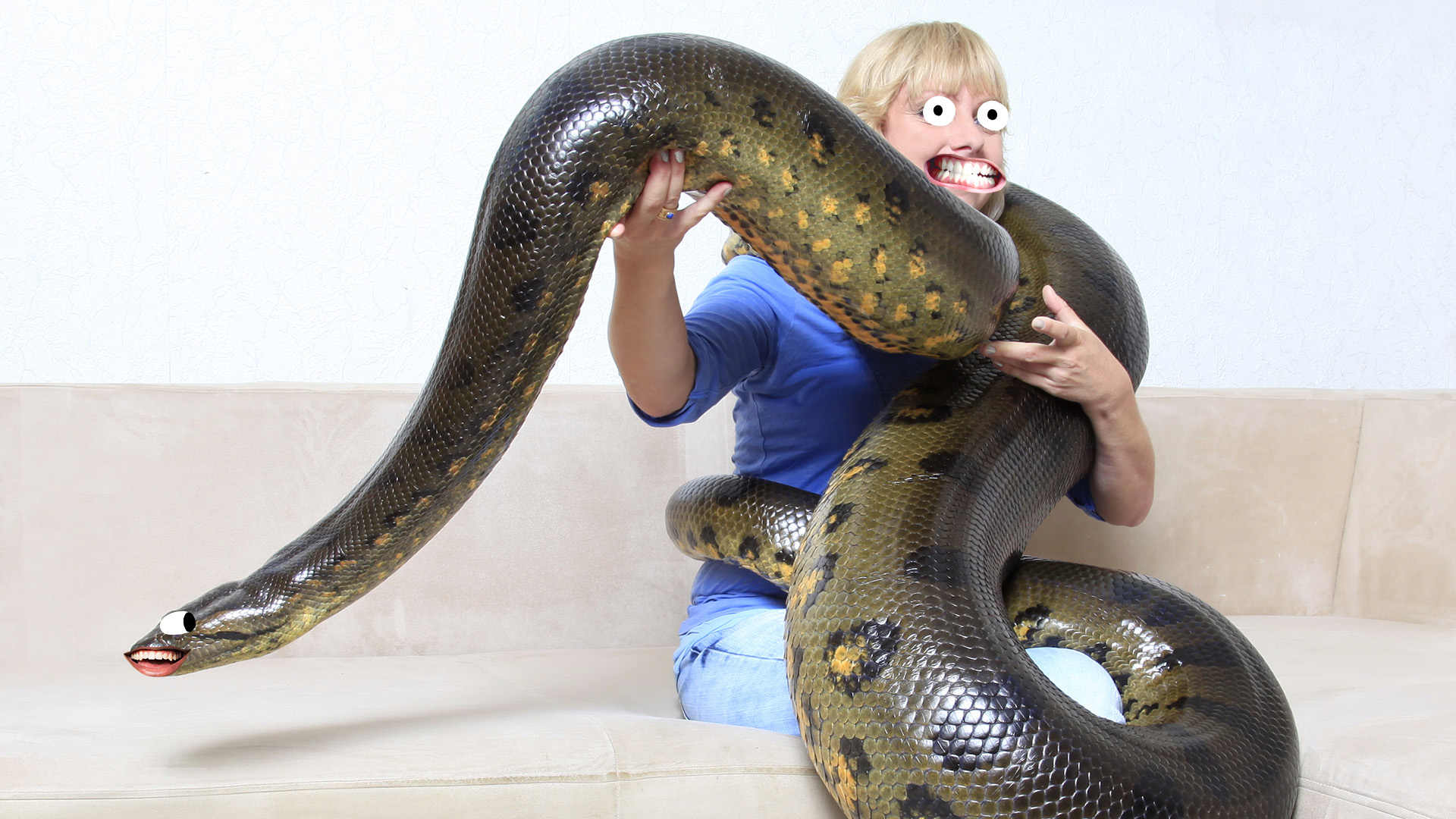
Anacondas found their way to Florida, USA, and have been happily living there. The only problem is they're not meant to be there, and are getting bigger and bigger and killing all sorts of other animals. There have even been reports of them slithering out of people's toilets! Yikes!















